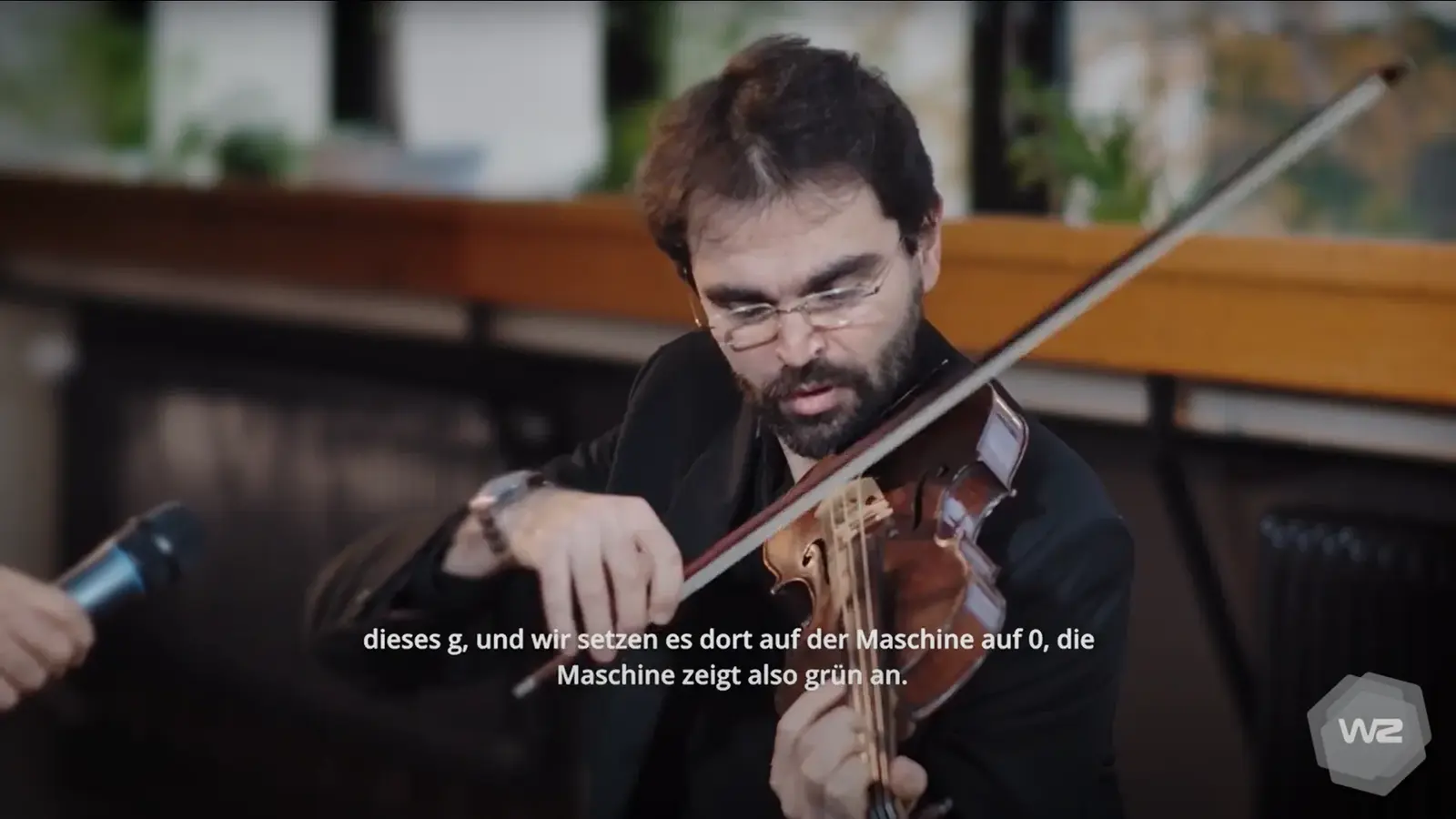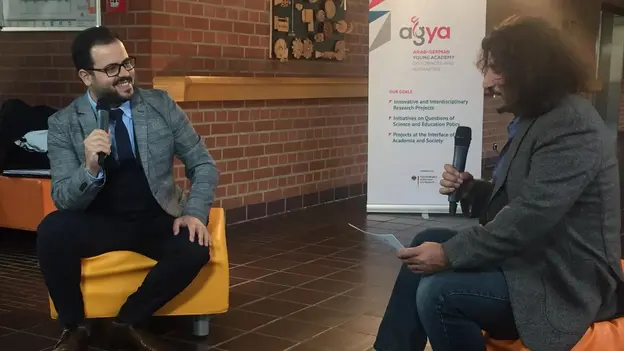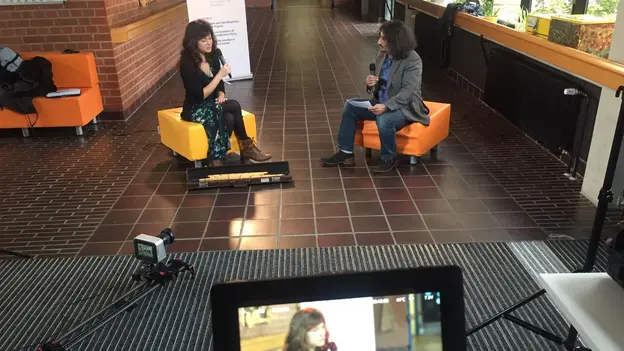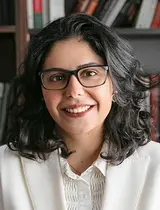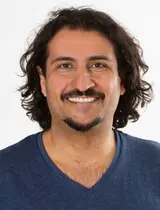Tandem Project
Avant-Garde Arab Music: Innovative Intersection and Critical Reflection I
Interview Documentary
A prominent feature of avant-garde music is to bend, play, and break with various rules of classical music culture to transcend established principles and challenge appreciation habits. Contemporary Arab music assembles many diverse styles. A dialogue with Western concepts has helped to establish a radically hybrid and global set of practices. At the same time, contemporary Arab music has defined itself through the expression of tonality beyond the typical Western scales, expanding conceptual approaches to musicology.
Innovative Intersection: Western Classical and Arab Traditional Music
However, research focusing on the innovative intersection between Western classical and Arab traditional music is scarce. This project wants to fill this gap by initiating a dialogue between musicians, ethnomusicologists, linguists, and scholars of popular Arab culture and media. AGYA member Dr. Rami Chahin and Dr. Shahd Alshammari are providing a space to imagine, create, and discuss possibilities, outcomes, and future developments of these intercultural artistic encounters.
In a first step, musicians and composers have met to rehearse and record pieces of contemporary (Arab) music. In recorded conversations with Rami Chahin, the musicians reflect on compositional and improvisational techniques, performance styles, and linguistic concepts. How to realize modern singing techniques while using the traditional concept of microtonal harmonies? How to develop curricula of musical education across Arab countries and Europe? How to introduce new instruments to traditional forms of music?
Interview with artist and conductor Daniel Moreira: About the challenge of conducting a microtonal concert
I am not coming from an Arab country and this kind of tuning system is not natural to me. [...] I had to develop a dialogue with the musicians!
In the interview, musician and conductor, Daniel Moreira, emphazises the musical examination of microtonality and the unusual approach to tones used in the concert recordings. Harmonic effects did not play a role here, he explains, except to the extent that the method of playing brought the musicians and the tones they played into a dialogue with each other. For this purpose he formed subgroups of musicians, who sought to find their tones with each other. Listen to the whole interview below.
Interview with Ney player Valentina Bellanova: About different techniques of playing the Ney in contemporary music
The Ney is naturally permitted to play microtonal music!
In the interview, musician, Valentina Bellanova, demonstrates different techniques how to play both traditional and contemporary microtonal music with her flute instrument. The Ney is a very traditional instrument in Arab countries in addition to Turkey and Iran with a history that goes 6000 years back. However, the early construction and design of the Ney was not very different from today. Listen to the traditional and contemporary play of the Ney and what Valentina has to tell about her beloved instrument in the interview below.
Interview with singer Hussein Atfeh: About the experience of combining traditional Arab and classical opera singing techniques
I think that it is necessary to introduce new frameworks and theoretical concepts to develop Arab music and, at the same time, preserving its identity!
In the interview, musician, Huseein Atfeh, describes the innovative technique of combining different signing techniques. He discusses with AGYA member, Rami Chahin, why microtonality should become an integral part of the musical education system in Germany. Listen to the whole interview below and to his beautiful voice here.
Interview with violinist Leonardo Cella: About different attitudes of hearing microtonal music
I wish that we in Europe could learn the techniques for a better listening from our Turkish or Arab colleagues who have a more sensible hearing ability.
In the interview, Leonardo Cella explains the difficulties in playing quarter tones and over tones on the violin. However, string instruments are a perfect choice in order to play contemporary microtonal music and to merge Western tonal and Arab maqam music. Listen to the interview below.
Find more interviews here.
The project was realized in cooperation with Werkstatt Zukunft, Anne Hodgson, Ali Zair & Laura Sadowski.
- Disciplines Involved
- Musicology, Literature
- Project Title
- Avant-Garde Arab Music: Critical Reflections and New Compositions III
- Year
- 2021
- Funding Scheme
- Tandem Project
- Countries Involved
- Germany, Kuwait, Egypt
- AGYA Publication
- Hip-Hop in the Arab World and Kuwait
Conducting a Microtonal Concert
Listen to musician and conductor Daniel Moreira in exchange with AGYA member Rami Chahin. They discuss the challenges of a concert where harmonic effects did not play a huge role, but the musical examination of microtonality, which is part of Arab music culture (in English with German subtitles).
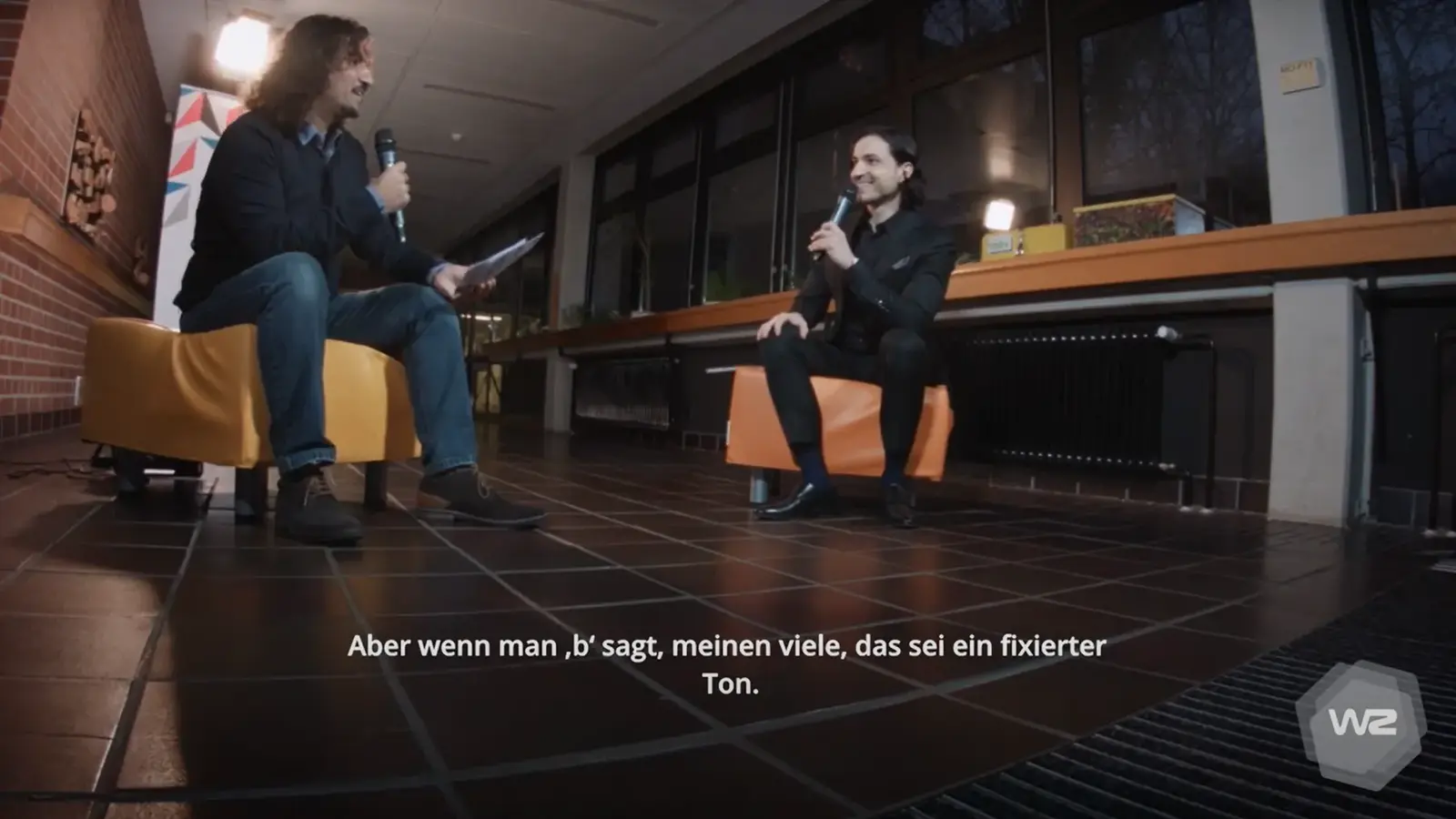
Playing the Ney in Contemporary Music
Listen to musician Valentina Bellanova in exchange with AGYA member Rami Chahin. They discuss the challenges of playing the Ney in traditional and contemporary music (in German with English subtitles).

Advancing Musical Innovation
Listen to singer Hussein Atfeh and his experience of combining traditional Arab and classical opera singing techniques to create innovative musical intersections (in Arabic with English subtitles).
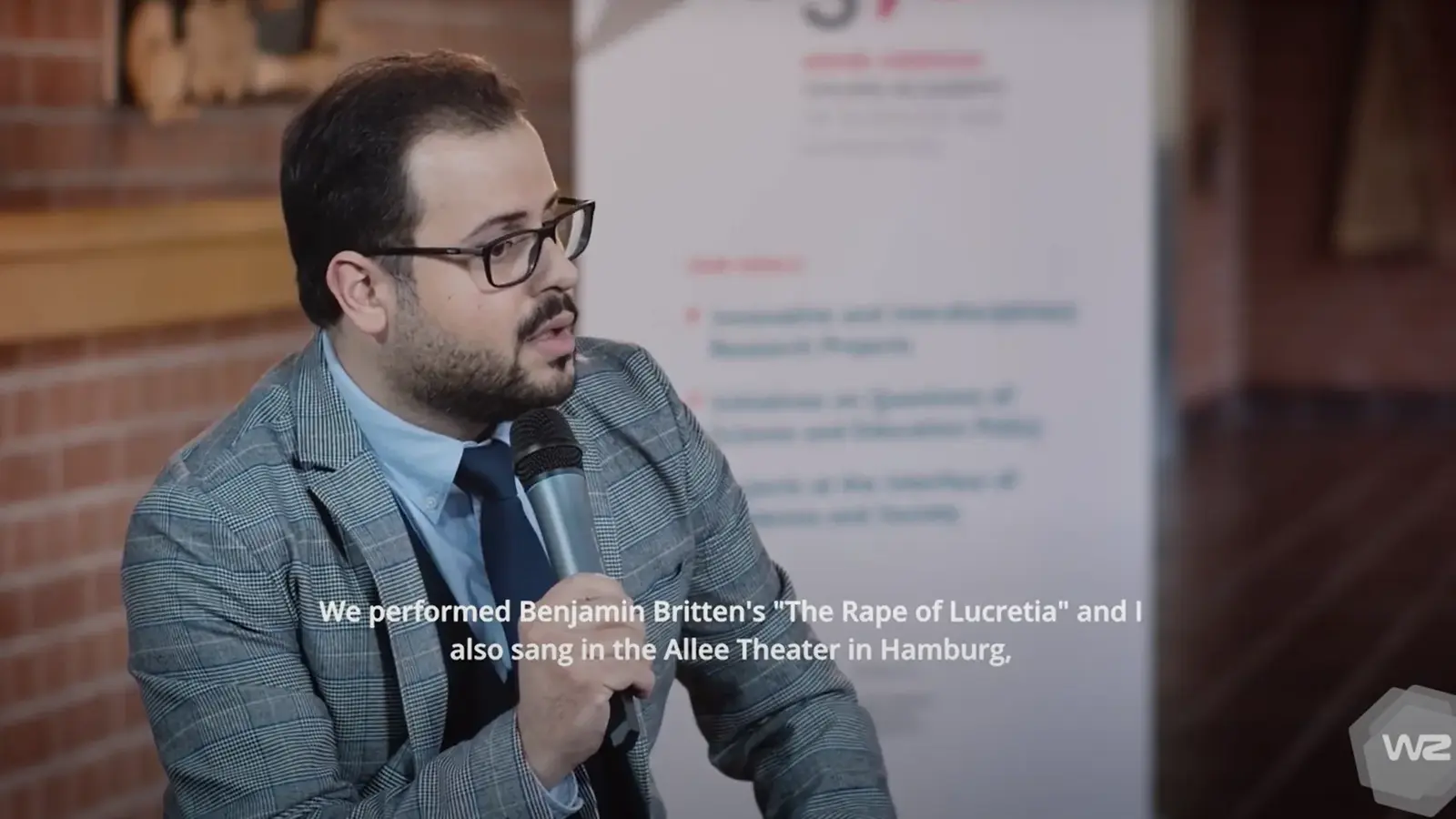
Different Attitudes of Hearing Microtonal Music
Listen to musician Leonardo Cella in exchange with AGYA member Rami Chahin. They discuss different attitudes of hearing microtonal music. (in English with German subtitles).
